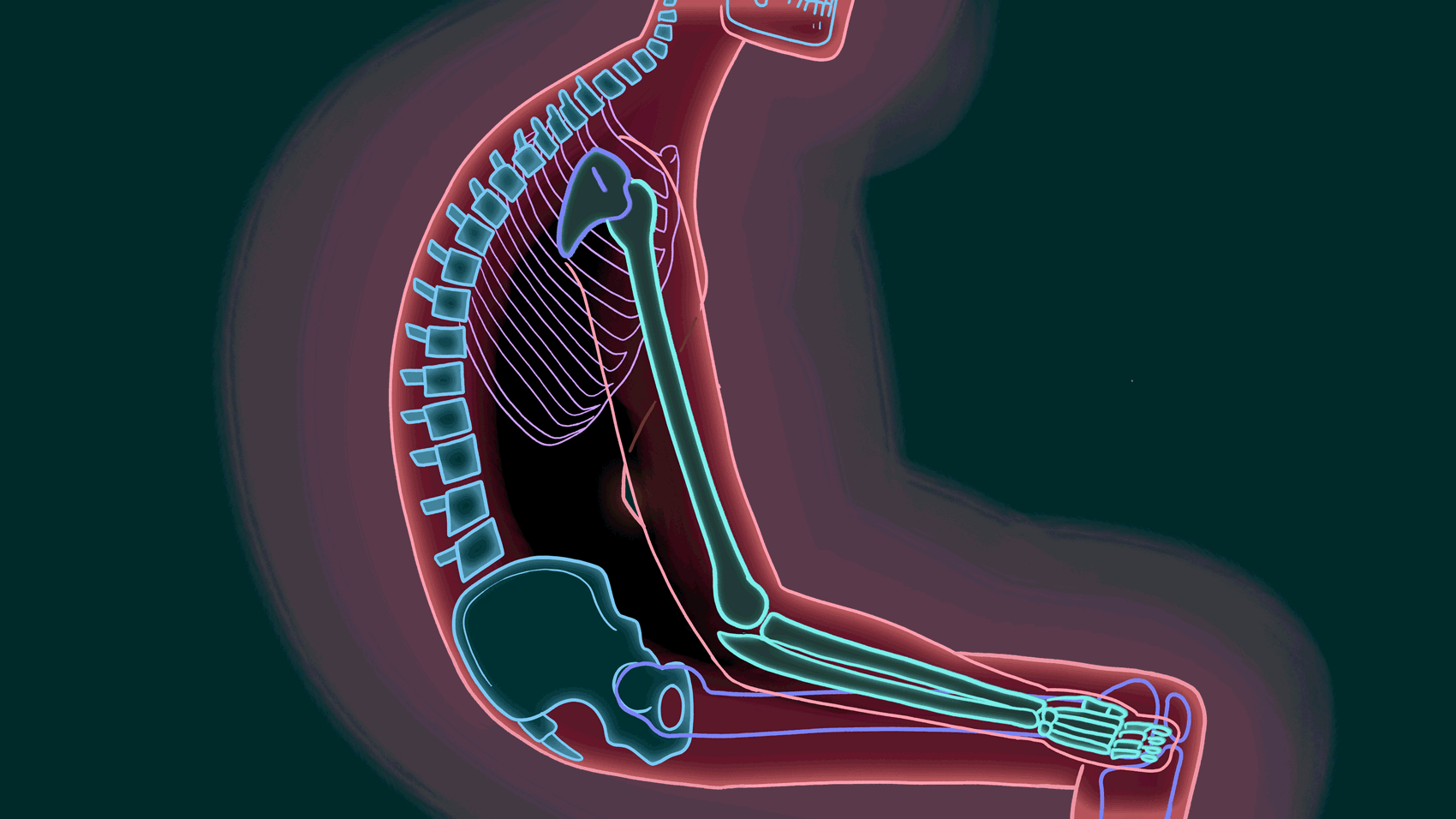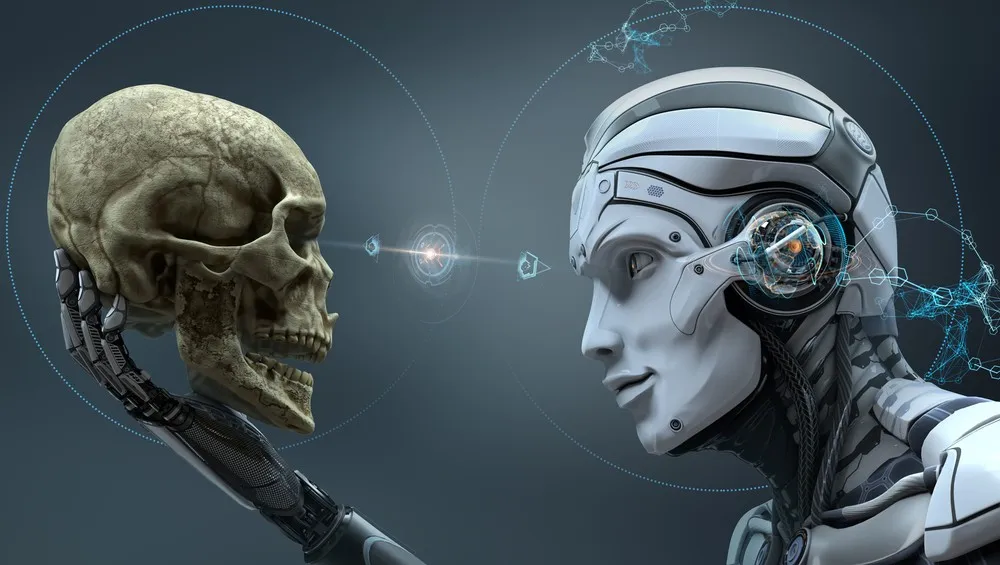By Kareem Gomersall, Y11
Everybody knows that posture is important, especially during teenage years. Combined with the fact that teenagers today are sitting for longer periods of time, poor posture can cause muscle strain or abnormal bone growth. Yet every time I am sitting in a science class, I look around and see the whole class slumping over the workbench.
We sit on wooden stools for an hour and a half at a time, lacking back support, which makes it difficult to sit upright. It is uncomfortable and can often make a double period of science difficult to sit through. So should we have chairs with more support in our science labs? Or should we just try and sit up straight, despite having to lean over our workbooks to take notes?
Most people can only maintain good posture for twenty minutes at a time, and that’s under the best circumstances, so an hour and a half of good posture is nearly impossible. This makes the question of the stools even more important.
However, it is also important to consider the benefits of stools. A member of the science department explained that the stools are used so that if something were to go wrong while carrying out an experiment (dangerous liquids spilling, broken glass, etc), the student working at the bench could get up more quickly and avoid being hurt. This is especially important when working with Bunsen burners, although when dealing with flame, students shouldn’t be sitting in the first place.
There is also a practical side to the tall workbenches. Their height can fit appliances like sinks and gas taps. As previously mentioned, students need to be able to move around during practicals, and stools are easier to tuck under the bench than a bulky chair. This reduces tripping hazard and therefore potential accidents in the lab.
With all of this in mind, the question remains: should we get rid of stools in the science labs? There isn’t a simple yes or no answer. It depends on whether you would rather prioritise safer labs or student comfort? It looks like it’s almost impossible to have both.



